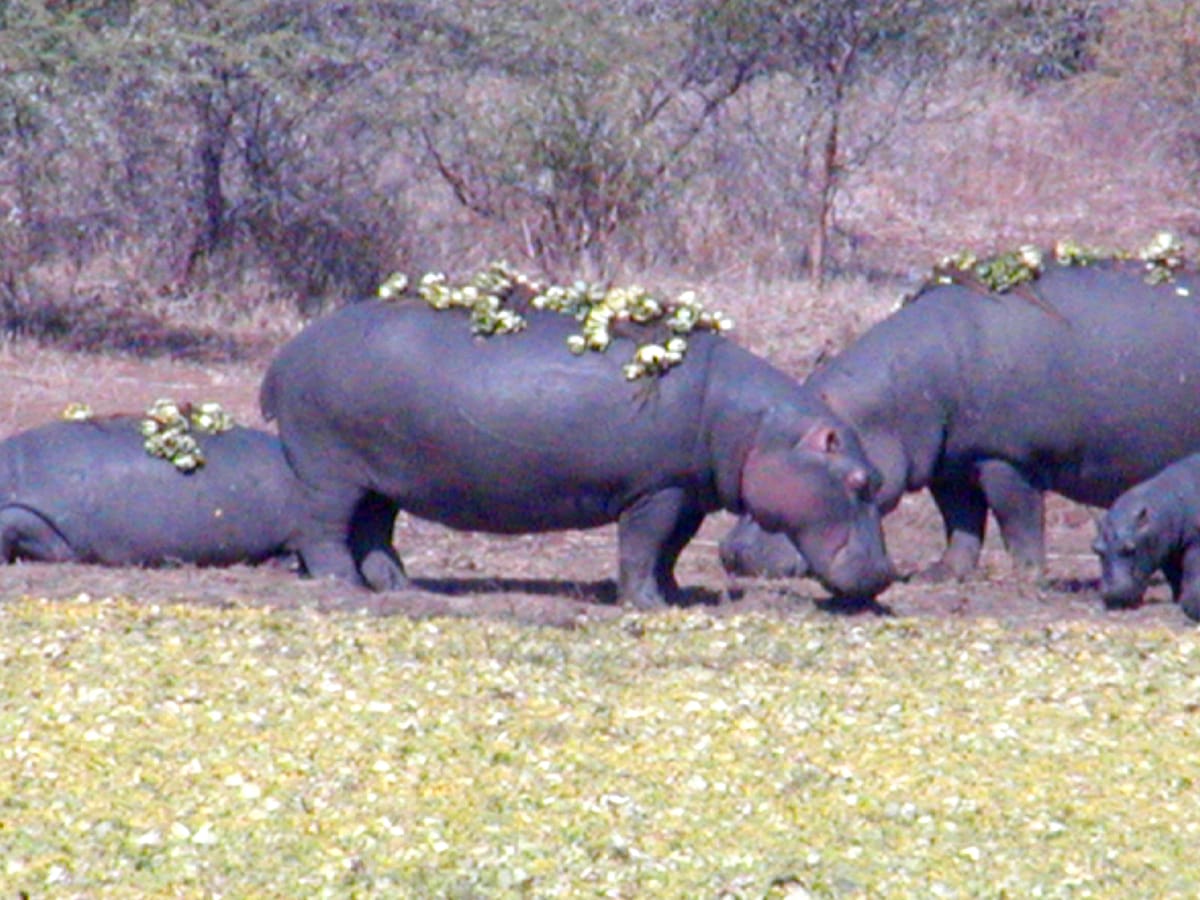Moments of wonder: intriguing animal behaviour in Southern Africa’s wild spaces
Game reserves are full of subtle, captivating behaviour that tells the true story of the wild. Discover what to look for next time you go on safari.


Across the open plains of the Kruger, the saltpans of Etosha, and the golden dunes of the Kgalagadi, nature tells stories beyond the expected. Game drives often promise the Big Five, yet it is the subtle gestures, the fleeting instincts, and the quiet social exchanges that reveal the deeper soul of the bush.
Observing the wildlife behaviour that unfolds in these reserves is to witness the ancient rhythm of survival and connection that has shaped Africa’s wilderness for millennia.
In the southern reaches of Kruger National Park, near Lower Sabie, the early morning silence is often broken by the excited chatter of vervet monkeys. What appears as chaotic play is actually the teaching ground for the young, who learn through mimicry and mischief. Older females watch keenly from the branches, alert for predators.
The troop’s hierarchy is strict, determined by maternal lineage. A squabble over a fig or a warning bark about a circling martial eagle becomes a lesson in survival, passed from generation to generation.
Out on the Kgalagadi Transfrontier Park’s red dunes, patience and precision define the drama of the desert. The black-backed jackal, often seen trotting in pairs, exemplifies cooperation. They hunt together and share food, a partnership born of harsh necessity. Their calls echo at dusk, a duet of haunting yelps that claim territory and affirm loyalty.

Visitors lucky enough to witness them working a springbok carcass will see a rare intimacy between wild carnivores, where instinct and intelligence blend seamlessly.
In Etosha National Park’s shimmering pan, elephants that oxpeckers sometimes reopen wounds to access display behaviour that borders on ceremony. When a herd approaches a waterhole, there is order and etiquette. The matriarch leads, younger bulls wait their turn, and calves are shielded beneath a forest of trunks and tusks.

Watch closely, and you’ll see elephants greet one another by entwining trunks or placing a gentle foot on a companion’s head. These gestures of affection and reassurance reveal the emotional complexity of these giants, often underestimated by passing visitors in search of spectacle.
Further south, in Addo Elephant National Park near Port Elizabeth, dung beetles roll their perfect spheres of earth and waste with astonishing purpose. Despite their size, they play a crucial ecological role. The males compete in miniature strength contests, using their heads to wrestle rivals off prized dung balls.

This small theatre of persistence is a reminder that even the tiniest creatures shape the landscape in unseen ways.
Predators, too, reveal fascinating subtleties when one learns to read the signs. In South Africa’s Sabi Sand Reserve, lions within a pride communicate not through roaring but through scent and body language. A flick of the tail, a low rumble, or a shared grooming ritual maintains the unity of the group.
Visitors often misinterpret these quiet moments as rest, yet they are the social glue that holds the pride together, ensuring coordinated hunts and collective care of cubs.
Leopards, solitary and secretive, offer another kind of wonder. In the woodlands around Botswana’s Chobe National Park, one might glimpse a leopard hoisting an impala kill into a tree. This display of agility and foresight ensures the meal remains safe from scavengers. It’s a masterclass in adaptation, where instinct meets strategy, honed through years of silent observation and trial.
No safari feels complete without witnessing the great interactions between species. Around Hwange in Zimbabwe or in Botswana’s Okavango Delta, oxpeckers can often be seen perched on buffalo and giraffe.
This relationship, known as mutualism, benefits both: the birds feed on ticks and insects while the host gains relief from parasites. Yet researchers now know that oxpeckers sometimes reopen wounds to access fresh blood. Nature, in her rawest form, resists simplicity.
For travellers venturing through these reserves, the key lies in slowing down. Instead of chasing the next sighting, pause and observe. A herd of impala forming a tight circle might be responding to the scent of a leopard. A puff of dust around a waterhole could be a dust-bathing rhino marking territory.

Such moments remind visitors that the wilderness is not a zoo; it’s a living, breathing network of relationships.
Game drives across Southern Africa are more than scenic adventures. They are silent masterclasses in behaviour, biology, and balance.
Whether it’s a weaver building its intricate nest along the Sabie River or a pack of wild dogs greeting each other before a hunt, every act in the wild is deliberate and meaningful. Those who take the time to notice these details carry home not just photographs but a sense of wonder that lingers long after the safari dust has settled.






Comments ()